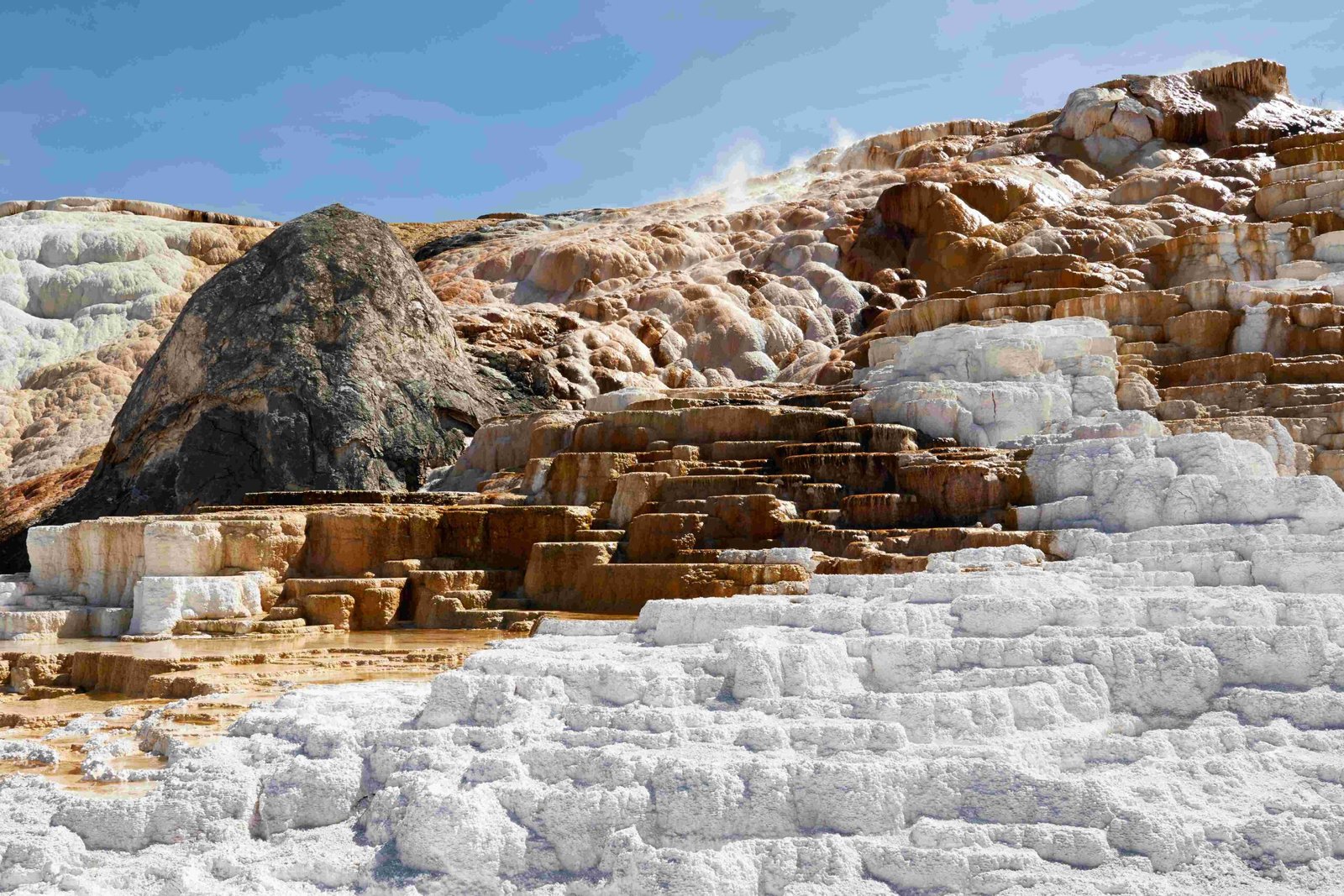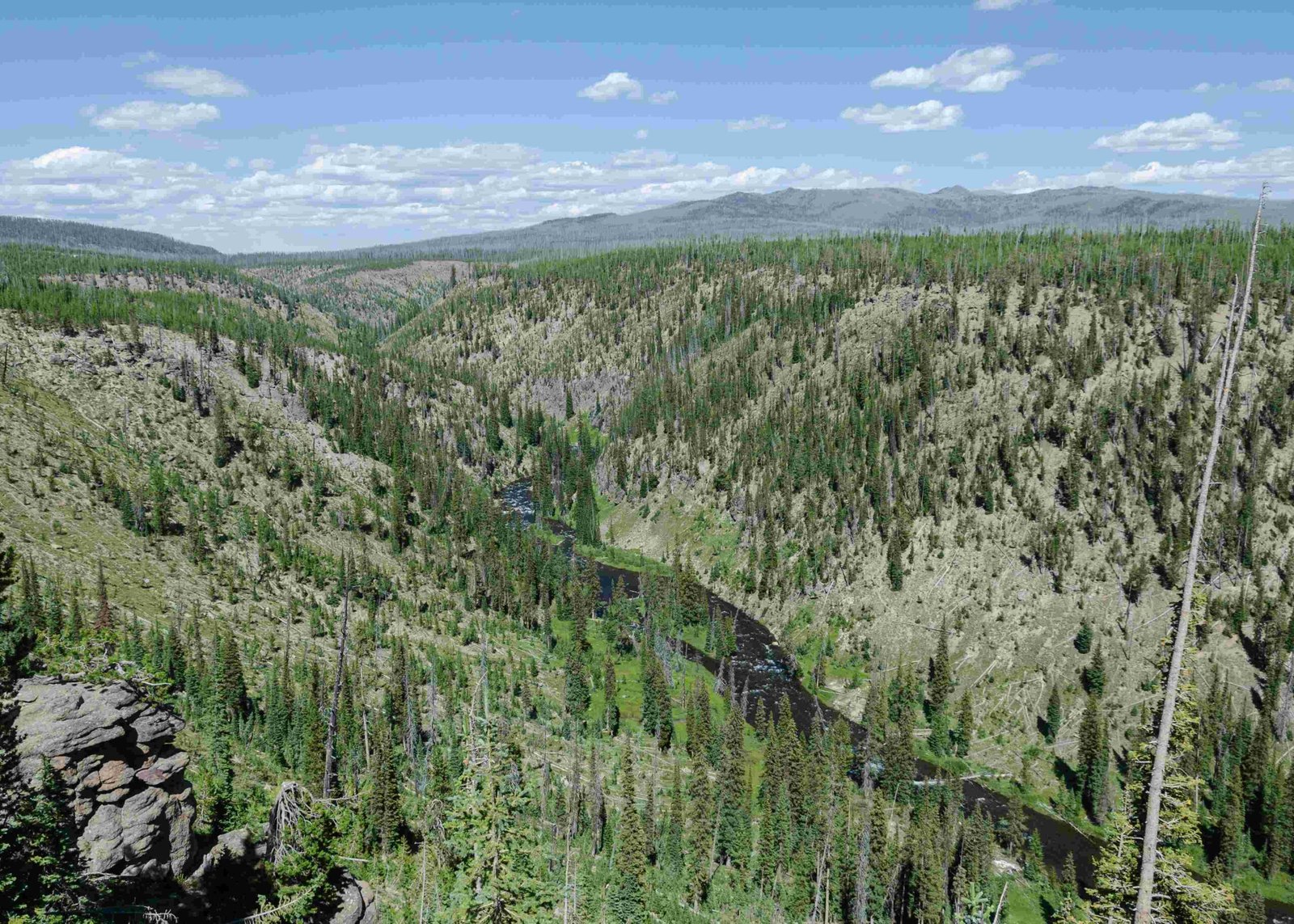Yellowstone National Park, known for its stunning winter landscapes, is preparing for the upcoming winter season. As of late November 2024, the park has experienced some snowfall, but not enough for full winter activities. The significant snow coverage required for snowcoach and snowmobile travel is expected to start around mid-December. This article explores the current snow status, winter conditions, and what visitors can expect in Yellowstone during this transitional period.
What is the Current Snow Status at Yellowstone National Park?

As of late November 2024, Yellowstone National Park is in a transitional phase between autumn and winter. Here’s what you need to know about the current snow situation:
- Snow Coverage: While there have been instances of snowfall, the park does not yet have the substantial snow coverage typically seen during the winter season.
- Expected Start of Winter Season: The full winter season, including snowcoach and snowmobile travel, is anticipated to begin around December 15.
- Recent Weather: The week of November 17-23 saw several days with snow possible, but not in significant amounts to impact road conditions drastically.
- Snow Depth Measurements: For the most up-to-date snow depth data, visitors can refer to the Natural Resource Conservation Service’s interactive map, which displays information from SNOTEL stations in and around Yellowstone.
What Are the Winter Weather Conditions and Forecasts?

Understanding the winter weather patterns in Yellowstone is crucial for planning a visit. Here’s what to expect:
Average Temperatures and Precipitation
- Temperature Range:
- Highs: Mid-20s to mid-30s Fahrenheit (-4 to 1°C)
- Lows: Single digits or below 0°F (-18°C)
- Precipitation: Primarily in the form of snow, with significant accumulation possible, especially at higher elevations.
Upcoming Week Forecast (November 24-30)
| Day | Conditions | High (°F) | Low (°F) |
|---|---|---|---|
| Mon | Cloudy | 28 | 12 |
| Tue | Snow Possible | 32 | 15 |
| Wed | Partly Cloudy | 30 | 8 |
| Thu | Cloudy | 26 | 10 |
| Fri | Snow Likely | 24 | 22 |
How Does Snow Accumulation Affect Park Accessibility?
Snow accumulation plays a crucial role in determining park accessibility and available activities:
- Road Closures: Most park roads close to wheeled vehicles during winter, typically from mid-December to mid-March.
- Open Roads: The only year-round open road is between the North Entrance (Gardiner, Montana) and the Northeast Entrance (Cooke City/Silver Gate, Montana).
- Winter Transportation: Once sufficient snow accumulates, guided snowcoach and snowmobile tours become the primary means of exploring the park interior.
Regional Snow Accumulation Variations
- Higher elevations generally receive more snow than lower areas.
- Areas like Mammoth Hot Springs, Norris, and Canyon Village typically see significant snowfall.
What Amenities and Facilities Are Available During Winter?
As Yellowstone transitions into its winter season, visitors should be aware of the available amenities and potential challenges:
Winter Activities
- Guided snowcoach and snowmobile tours (starting mid-December)
- Cross-country skiing
- Snowshoeing
- Ice fishing (conditions permitting)
Visitor Preparations
- Check latest road and weather conditions
- Have flexible travel plans
- Dress in layers with appropriate winter gear
- Sign up for Yellowstone road alerts
- Be prepared for limited services and possible road closures
Parking and Scheduled Events
- Limited parking available near guided tour starting points
- Ranger-led programs and winter-specific activities (subject to weather conditions)
By understanding the current snow status and winter conditions in Yellowstone National Park, visitors can better prepare for their trip and make the most of the unique winter experiences the park has to offer.

